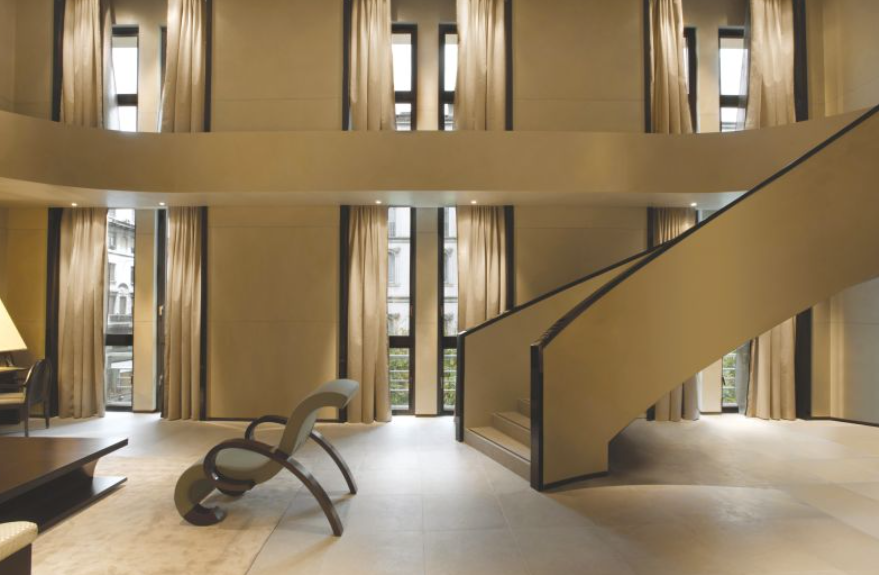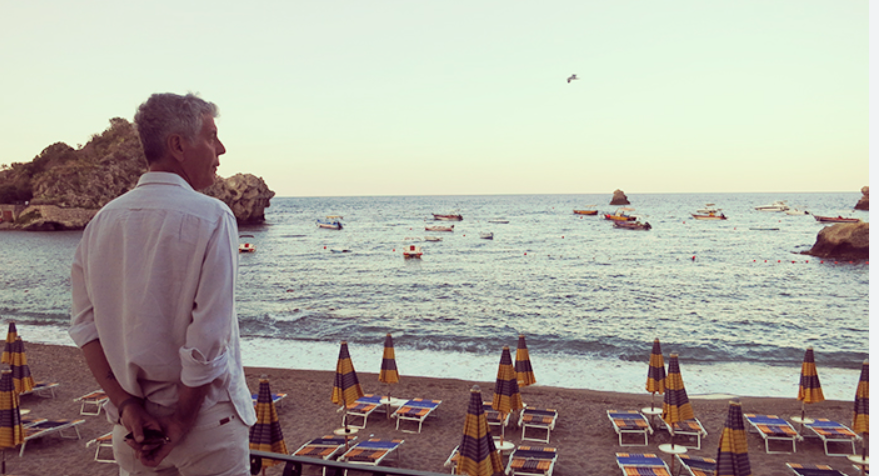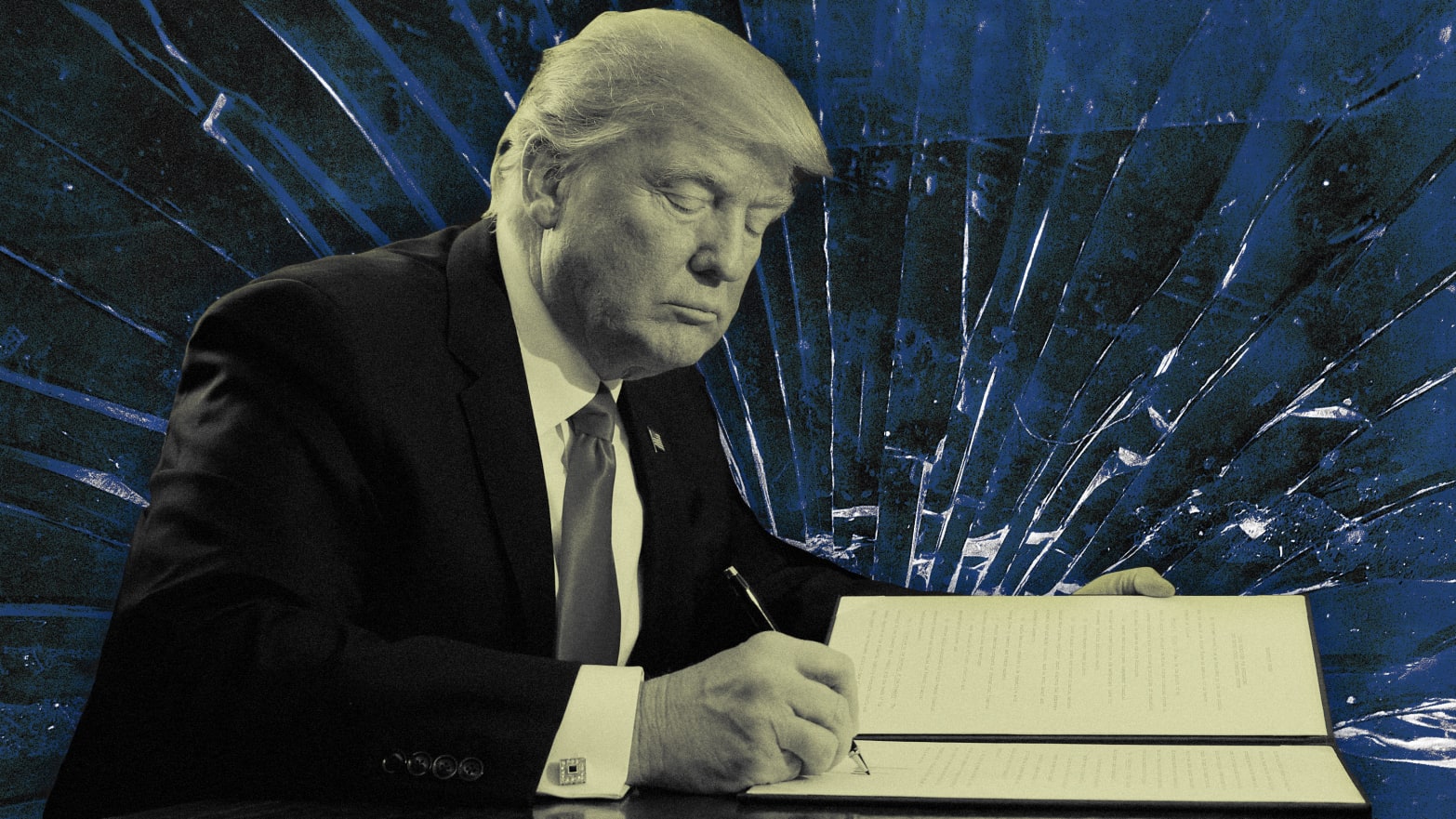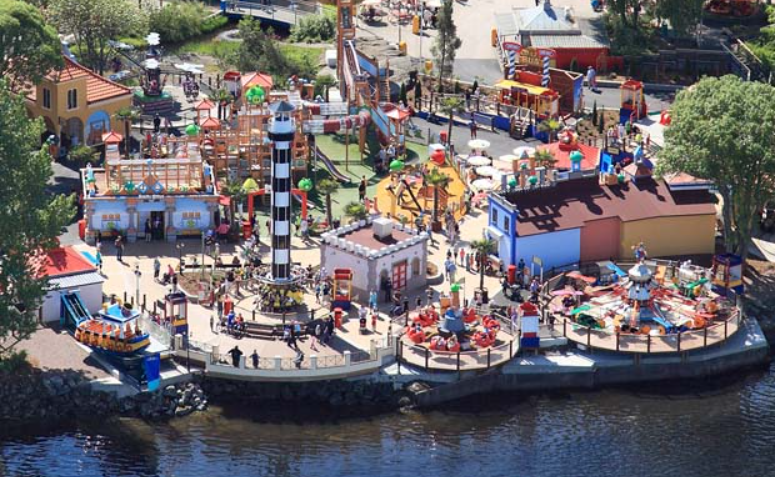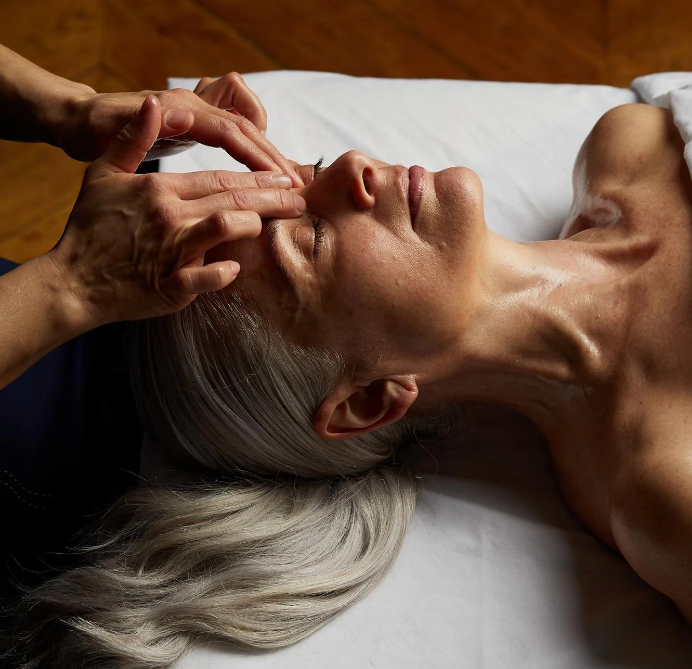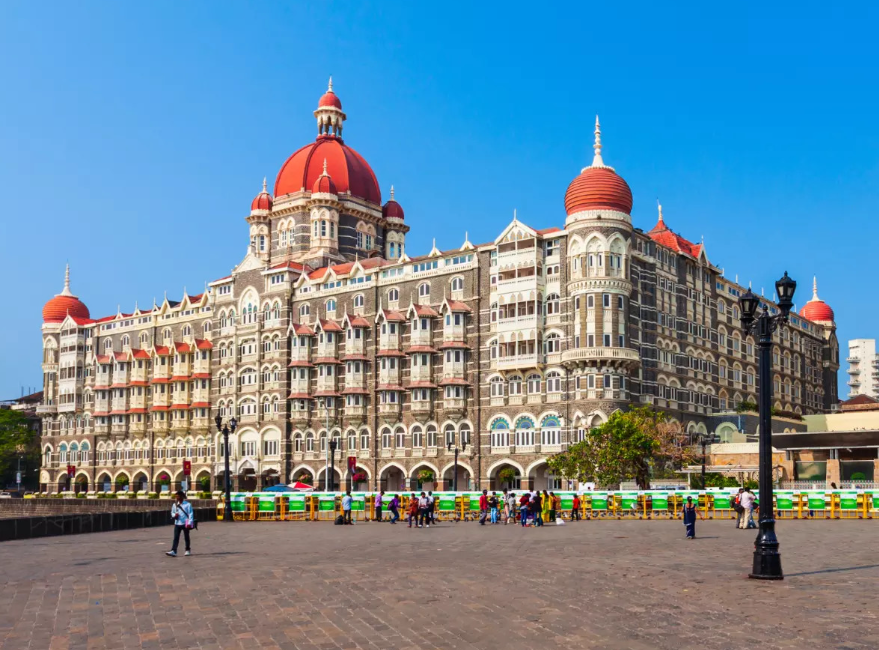
The Taj Mahal Palace Hotel in Mumbai is a stunning landmark overlooking the Arabian Sea and the Gateway to India. Known as the city’s first harbor landmark, it offers breathtaking views of the bay and has long been celebrated as a top destination for romantic getaways and special occasions.
The Taj Mahal Palace is renowned for its rich history and exceptional hospitality. Built in 1903 by Jamsetji Tata, it was India’s first hotel to have electricity. Over the past century, it has welcomed royalty, dignitaries, and celebrities, maintaining its luxurious standards and historical charm. The hotel’s corridors are filled with art and artifacts that reflect its storied past, and every corner holds a piece of its illustrious history.
The hotel boasts an impressive collection of artworks, including Belgian chandeliers, Bastar tribal art, Anglo-Indian furniture, and Mughal-inspired designs. The Palace Lounge features priceless paintings by Indian masters such as V.S. Gaitonde and Jehangir Sabavala, while the lobby showcases a triptych by MF Husain, created during his stay at the hotel.
Celebrating its centenary, The Taj Mahal Palace has undergone a transformation with new restaurants, updated guest rooms, and a stylish new lobby lounge. The addition of a 20-story Tower wing in 1973 expanded its capacity to 560 rooms and suites, blending historical elegance with modern amenities. The Luxury Grande rooms in the Palace wing offer stunning sea views and luxurious touches, including Italian marble bathrooms with hydro massage showers.
For relaxation, the Jiva Spa provides a range of Indian rejuvenation therapies. I enjoyed a complimentary Sammardana massage, a deep tissue treatment that eased my stress and improved my mobility. The spa experience also included a pre-therapy ritual and a refreshing herbal drink of jaggery, basil leaves, and lime juice.
Overall, The Taj Mahal Palace remains a symbol of grandeur and a top choice for travelers seeking a blend of history, luxury, and exceptional service.





